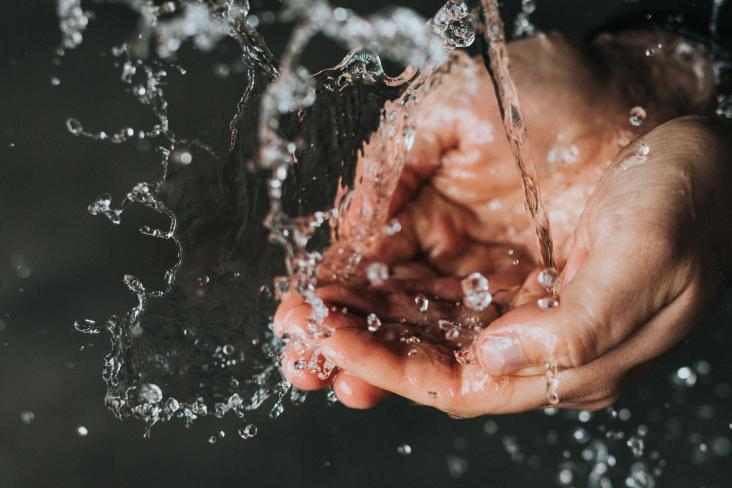The authors explore the impacts of the virtual water trade (i.e. water used in the production of agricultural products). The authors find that increasing trade of agricultural products could lead to significant water savings.
The authors analyse global patterns of green water fluxes (key for sustaining crops) and blue water fluxes (water that sustains aquatic ecosystems). They show that green fluxes are beginning to dominate, elevating blue water vulnerability.
This Comment article supports SDG 3, 6, and 16 by highlighting the structural and commercial determinants of water crises and their effects on health, and calls for international cooperation and solidarity to address power asymmetry, inequalities, and unaffordable access to water, putting human rights at the core of the water agenda.
This Comment article supports SDG 3, 6, and 16 by referencing the damage to crucial water and sanitation infrastructure due to the armed conflict in Sudan, thus increasing the likelihood of diarrhoeal disease.
This study supports SDGs 3 and 6 by showing that areas with better access to drinking water and sanitation had a lower abundance of antibiotic resistance genes, suggesting that increasing access to water and sanitation could effectively reduce the spread of antibiotic resistance in low-income and middle-income countries

RELX Environmental Challenge 2023: five shortlisted projects to bring safe water and sanitation to communities around the world

Recognising our customers' exceptional work to achieve the United Nations' Sustainable Development Goals
Water is a dwindling natural resource, and potable water is wrongly considered an unlimited resource. This review seeks to support policymakers in making informed decisions about water use, avoiding wasting, and finding solutions that may be planet friendly and patient friendly in dialysis, especially in hemodialysis treatments.
This study analysis four wetland technologies for treating greywater according to regulatory standards.
“From electric vehicles to lifesaving drugs, clean and green tech, to AI and digital technologies – IP can be the vehicle to turn bold new ideas into real world impact” said World Intellectual Property Organisation (WIPO) Director General Daren Tang in a video address to mark World IP Day 2024. This paper proposes a responsible intellectual property (IP) strategy (R-IPS) framework based on five exploratory case studies of sustainable companies in energy, nutrition, consumer electronics, manufacturing and water treatment sectors. These companies responsibly use IP assets to create positive social and environmental impact (or reduce negative impact), and unlock new opportunities for financial (economic) gains.
